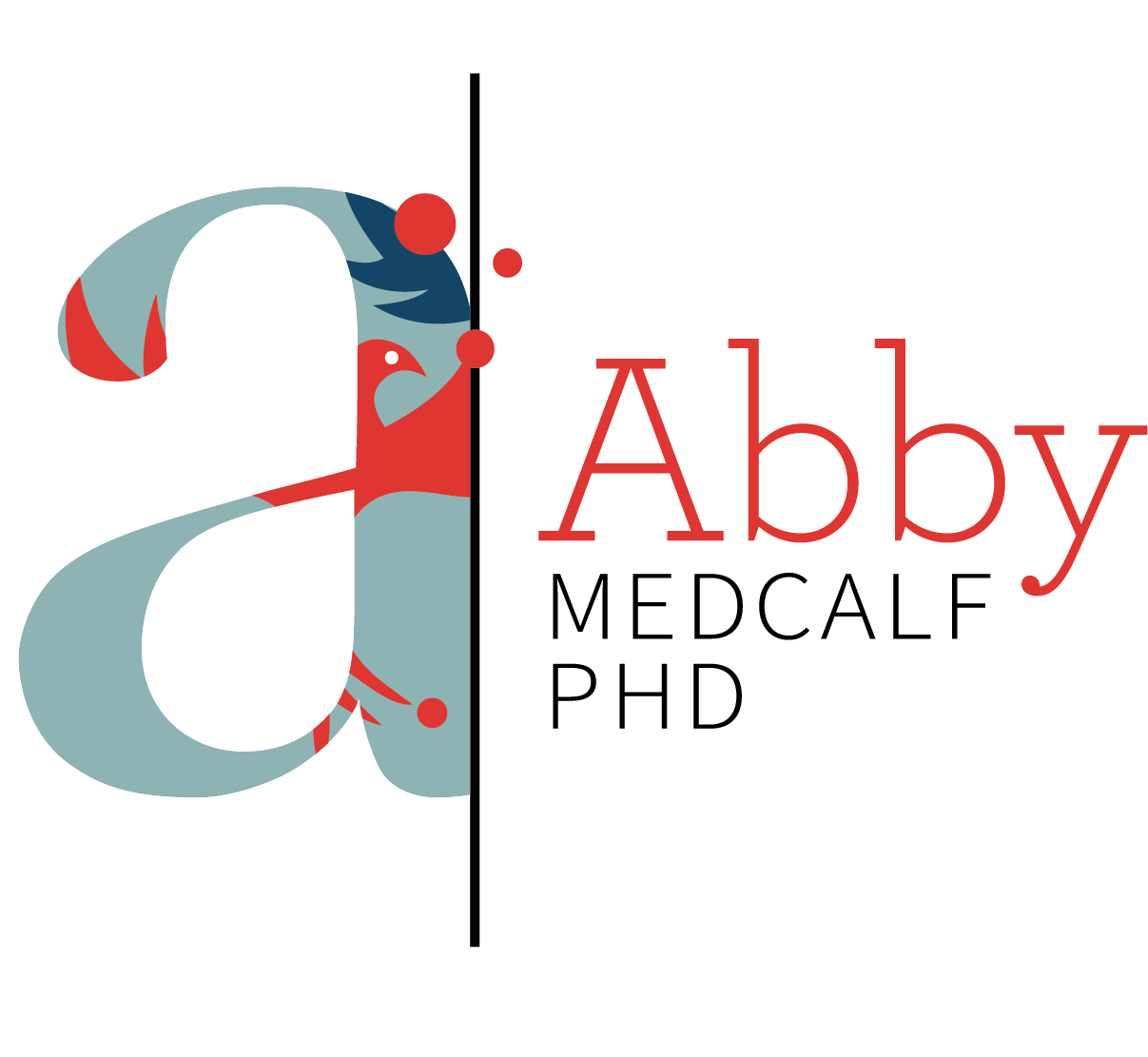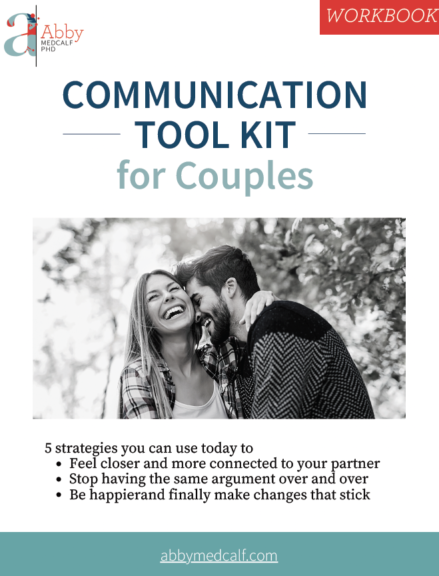
Positive communication is communication that’s based on respect and builds trust and collaboration. Although it’s something that’s mostly been applied to the workplace, its goal is to build a psychologically safe space, and that’s something we can use in all our relationships. In fact, the research shows that positive communication doesn’t just benefit the other person, it also promotes health and wellness benefits for you! Today, I’m sharing the five keys to positive communication so you can not only inspire and influence the people around you but continue to build your own growth and healing.
8-minute read
What is Positive Communication?
Researchers Margarett Pitts and Thomas Socha say that positive communication “is not defined as the absence of negative verbal and nonverbal communication, but rather the presence of positive, enhancing, and facilitative talk and gestures.” Their research shows that it has a unique ability to create physical, social and psychological health and wellness.
There are four basic building blocks to positive communication:
- Having clear intentions
- Asking questions more than you make statements
- Showing that you value the relationship
- Creating a culture or environment where everyone feels safe to speak up
But how do you get there? Julien Mirivel, PhD, professor of applied communication at the University of Arkansas, Little Rock, and author of The Art of Positive Communication: Theory and Practice, shares concrete behaviors you can start using right now to move into positive communication in all your relationships. As always, I’ve added some of my own and zhuzhed his to bring you these five keys.
Key #1: Focus on How You Greet Others
Communication isn’t just a transmission of information. It’s not you thinking something, letting the other person or people know, and then thinking, “Done. I’ve communicated.” Mirivel rightly says that positive communication is more than saying something. Instead, think of it as creating an experience that builds a relationship.
Greeting others is a simple but significant behavior. Communication starts in that moment that you initiate some form of contact, whether that’s in person, a text or an email. For example, research has shown that one of the most disrespectful and harmful things a doctor can do when they meet a patient is not greet them, and studies have shown that when teachers greet their students at the door, it positively affects their learning! In addition, in his book Positive Leadership, author Kim Cameron found that leaders and managers who check on employees, ask how they’re doing and greet them each time they interact have more satisfied employees who stay at jobs longer.
There was another study conducted as part of the New Zealand Language at Work project, where they compared emails at two companies. Bad Company A was having a hard time; low morale, lots of conflicts, and high turnover. Great Company B, on the other hand, had a very positive work culture with high retention and high job satisfaction. Researchers found that at Bad Company A, emails would go something like:
There’s a meeting today at 1:00pm.
At Great Company B, the emails read something like this:
Hello Everyone,
Hope you’re all doing well. Looking forward to seeing you on Friday at our 1:00pm meeting.
Have a great week,
Jane
Overall, the content is the same, but the message is very different. There’s more connection in Great Company B’s email, and this fosters openness and communication.
Think of how you can put all this into practice in your own life:
- When your partner gets home from work, enthusiastically greet them at the door.
- Reach out to that friend you haven’t seen in a while and make plans for dinner or a trip together.
- At work, greet each person you see with direct eye contact and a question, “How’s your mom?” “Want to get lunch today?” “It’s good to see you.”
- When you pick up your kids after school, don’t drive off immediately. Make eye contact (you can even hug them if none of their friends are around) and tell them how much you missed them or love them. Maybe even suggest something fun to do instead of going straight home.
Key #2: Don’t SAC; Ask Questions Instead
I’ve been telling you not to SAC your relationships for a couple of decades now. Don’t SAC means: don’t offer Suggestions, give Advice, or Criticize. What do you do instead? Ask collaborative questions!
When you ask questions, you’re out there to learn something, not prove something. You’re on a quest of openness, getting to know and understand someone else and being curious. The key is to ask collaborative or open-ended questions as opposed to close-ended questions. You know what close-ended questions are:
- “How was your day at work, Dear?” “Fine.”
- “What did you do today at school, my son?” “Nothing.”
Basically, open-ended questions are questions you can’t answer with yes, no, good, or fine (or the dreaded shoulder shrug and “I don’t know”). Such as:
- Can you tell me more about X?
- On a scale of 1 to 6, how’s your anxiety right now?
- What’s one thing you/we could do right now to move this forward?
- What’s one thing I could say right now that would let you know you’re supported?
Key #3. Look for One Good Thing and Say It
When we look up to someone and they say something about us that resonates, we take it in and actually integrate it. This can come from anyone including, our partner, parents, friends, teachers, coaches, coworkers, and bosses.
What if, each day, you were looking for something to appreciate or compliment about someone around you? You can pick a different person every day, but imagine what starts to happen as you focus on what that person is doing right or what you really like or appreciate about them and then share it! Not only will you feel good about it, but they will too. It creates goodwill, which is one of the three pillars of creating trust.
Key #4: Get Vulnerable (Even a Little)
I thought for most of my life that being vulnerable meant being exposed, which would open me to hurt, rejection and humiliation. So, I avoided it at all costs, and my guess is that you’re doing (or have done) the same. Eleanor Roosevelt taught us many years ago that no one can make us feel inferior without our consent, but too often we forget this lesson and put our self-esteem in other people’s hands. The secret no one tells you about being vulnerable is that it’s not about being exposed; it’s about being accessible. It literally means that when we’re open and show our true selves, others can access and connect with us. They can really get to know us. We can finally have genuine, deeper and more positive communication.
In his book, Mirivel says, “An important truth about communication is that the connection and closeness we feel with others isn’t a state that we can hold on to; it’s something we do.” And the way you “do it” is by being vulnerable and sharing information about yourself. Now, this can be something personal that relates to what another is going through, but it can also be the honesty in a moment of saying, “I’m feeling uncomfortable right now” or “I’m anxious about this conversation I want to have with you.” Whatever you say needs to be authentic, appropriate or “congruent” in the moment” and reflective of what you truly think or feel.
Notice for yourself what happens when you’re thinking of being vulnerable. Do your thoughts run to things like, “Should I do it? Should I wait to say this? How are they going to respond if I do? Will they be angry or hate me?” All of these types of thoughts are the kryptonite for vulnerability.
Being mindful will help you identify what you’re feeling in a moment and be able to share it. Remember too that we connect with feelings, not thoughts, so share what’s really happening on an emotional level to create positive communication and connection.
Key #5: Get Clear on Your Intentions
I’ve been talking about the importance of setting intention for a long while now. What I haven’t mentioned is that the research shows that when you try to communicate without a clear and conscious intention, you can end up communicating unhelpful and even harmful messages! This isn’t surprising, of course, when you know the research from Timothy Wilson that I’ve long quoted about how our conscious brains process information at a rate of 40 bits per second, while our subconscious brains are processing information at a rate of 11 million bits per second. So people are picking up on any incongruence in what you’re saying versus what you’re actually feeling or thinking. People hear what you mean, not what you say.
To set a clear and conscious intention, ask yourself one or more of these questions before starting a conversation:
- Do I want to connect to this person?
- Do I want to get my way?
- How do I want to feel after this interaction?
- How do I want the other person to feel after this interaction?
- What would a successful interaction look like?
Resources for the Five Keys to Positive Communication
Abby’s FREE List of Collaborative Questions
How to Be Honest and Build Trust in a Relationship
How to Set Intentions in Just 18 Seconds (aka The 18-Second Shift)
How to Deal with Toxic Positivity in Your Relationships
Research
The Art of Positive Communication: Theory and Practice New Edition by Julien C. Mirivel
Positive Leadership: Strategies for Extraordinary Performance by Kim S. Cameron
Respectful Parents, Respectful Kids: 7 Keys to Turn Family Conflict into Cooperation by Sura Hart and Victoria Kindle Hodson
Strangers to Ourselves: Discovering the Adaptive Unconscious by Timothy D. Wilson







